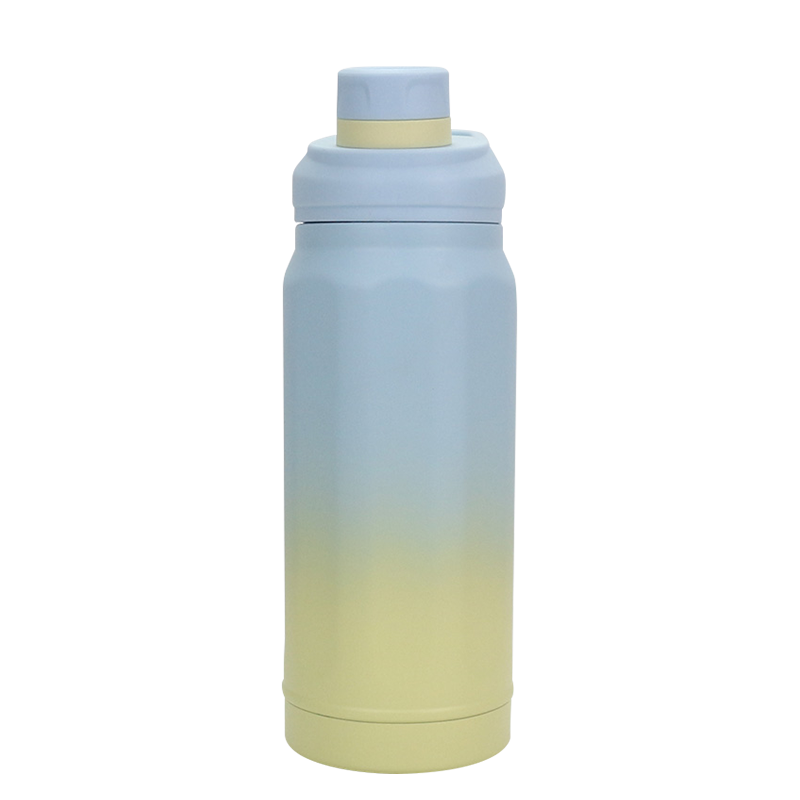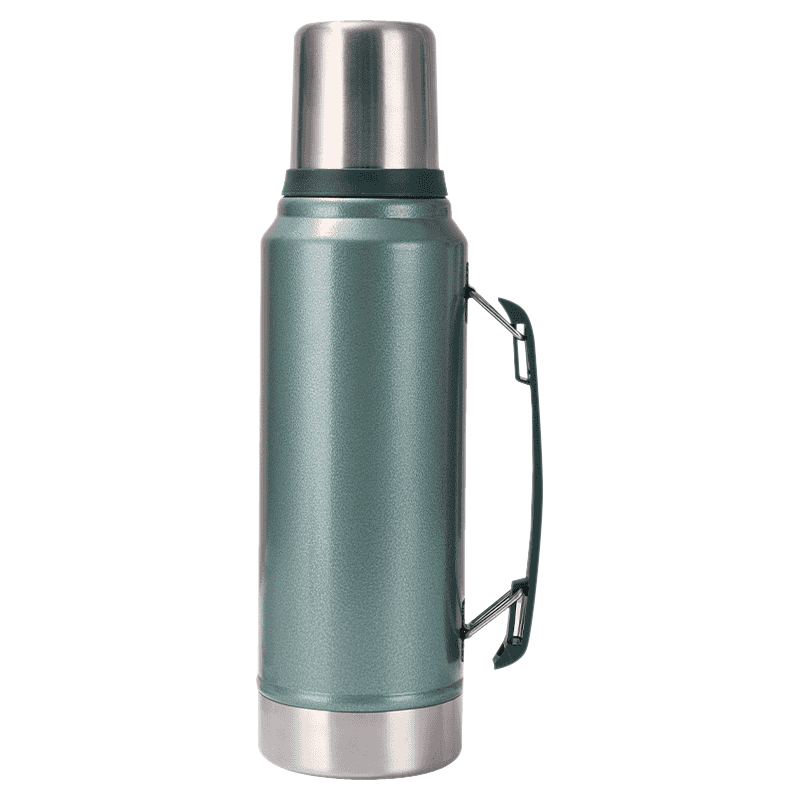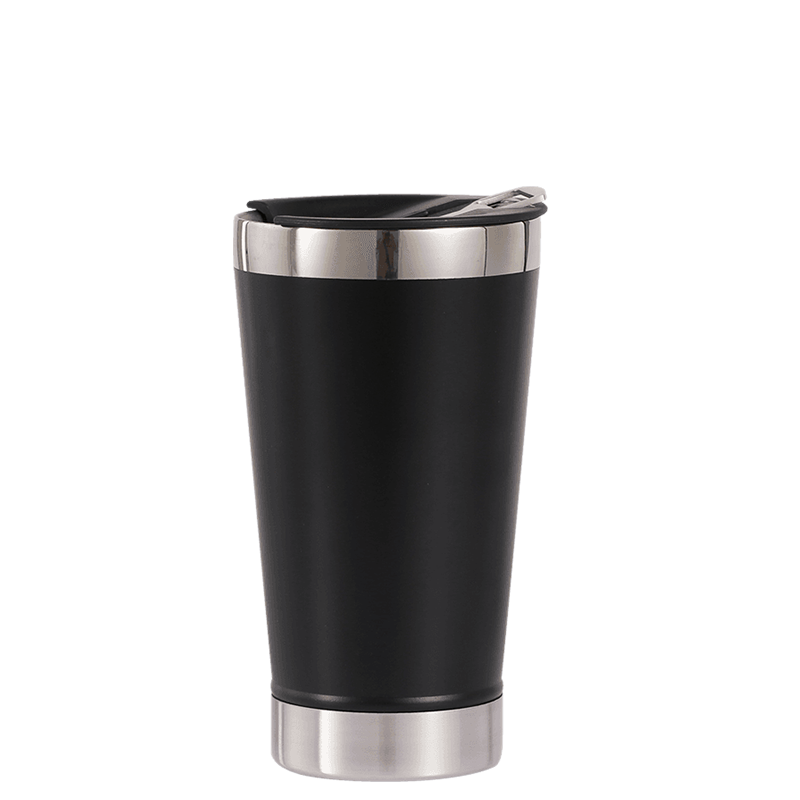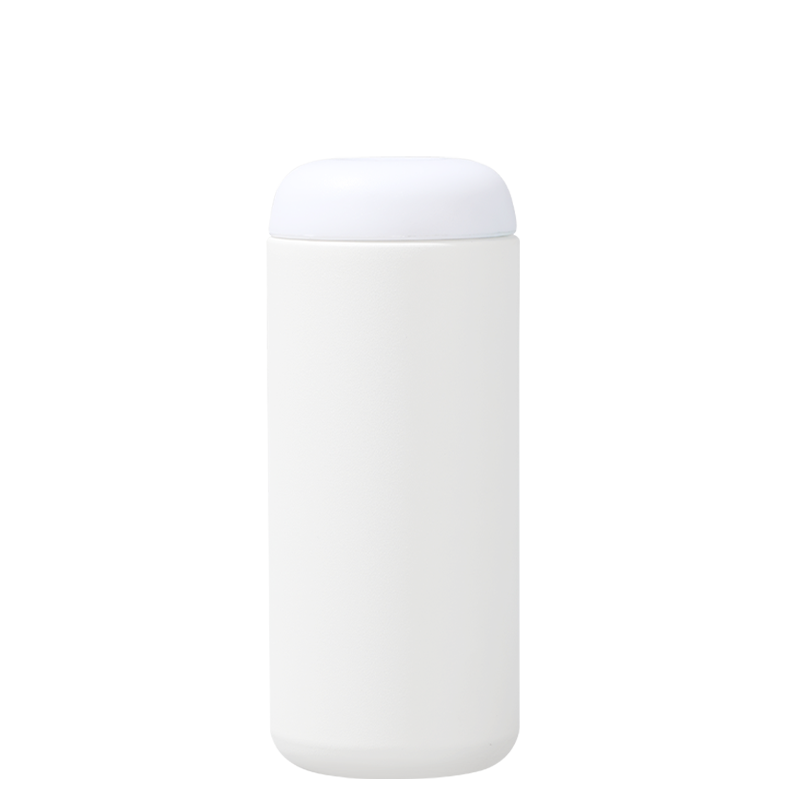
+86-13566758039

Industry News
A Hot And Cold Thermos Exporter plays a vital role not just in supplying reliable temperature-retaining containers to global markets but also in educating customers about proper care. Whether used for hot beverages in winter or cold water in summer, a thermos is expected to maintain its performance over months or even years. However, improper cleaning or neglect can significantly reduce its efficiency, cause unpleasant odors, or even compromise safety. To ensure lasting performance and customer satisfaction, exporters should encourage proper care techniques tailored to the materials and design of their products.

Understanding Thermos Construction and Its Cleaning Needs
Before outlining cleaning steps, it's important to understand the typical structure of a hot and cold thermos. Most are made of food-grade stainless steel inner walls with vacuum insulation and plastic or silicone components for the lid and seal. These materials react differently to heat, acidity, and residue buildup, and thus require specific cleaning strategies.
1. Stainless Steel Interiors: While rust-resistant, stainless steel can still stain from coffee, tea, or acidic beverages.
2. Rubber Seals and Silicone Rings: These can trap odors or grow mold if not dried properly.
3. Plastic Lids and Spouts: More susceptible to staining and sometimes difficult to clean without disassembly.
A Hot and Cold Thermos Exporter should provide guidance tailored to these components.
1. Daily Cleaning Routine for Long-Term Use:
Customers should be encouraged to clean the thermos after each use. A simple rinse is not enough, especially for flasks used with milk, coffee, soup, or juice.
2. Warm Water and Mild Detergent:
Fill the thermos with warm water and add a few drops of dish soap. Close and shake gently, then let it sit for a few minutes before rinsing.
3. Lid Disassembly:
Encourage users to remove silicone seals or detachable spouts. These parts can collect grime and moisture, fostering bacteria if not properly cleaned.
4. Drying Completely:
After rinsing, leave the lid and flask open to air dry fully. This prevents odors and mold from developing inside the thermos.
Deep Cleaning Methods for Odor and Stain Removal
Over time, even with regular cleaning, a thermos may develop residual smells or discoloration, especially if used for flavored or acidic liquids. A Hot and Cold Thermos Exporter should include deep cleaning instructions with the product packaging or manual.
1. Baking Soda and Vinegar Soak:
Fill the flask halfway with hot water, add 1 tablespoon of baking soda, and a splash of vinegar. Let it fizz and sit for 30 minutes. This neutralizes odors and breaks down stains.
2. Lemon Juice or Citric Acid:
A natural and food-safe option, lemon juice or powdered citric acid mixed with hot water can refresh the interior without harsh chemicals.
3. Bottle Brush for Tough Spots:
Recommend a soft bottle brush with a long handle for scrubbing the inner walls without scratching the steel. Never use steel wool or abrasive cleaners.
Maintaining the Exterior and Vacuum Seal Integrity
While the inside is important for hygiene, the outside also needs care to preserve appearance and functionality.
1. Avoid Dishwashers (Unless Specified):
Many thermoses are not dishwasher-safe due to potential damage to insulation layers. Handwashing is usually recommended.
2. No Freezing or Boiling:
Customers should never put thermoses in the freezer or expose them directly to open flame or boiling, as bad temperature changes can damage the vacuum seal.
3. Check for Seal Degradation:
Suggest that users inspect the silicone ring every few months for signs of wear. A weak or cracked seal reduces temperature retention and could cause leaks.
What Exporters Should Provide With Every Product
To enhance user experience and protect brand reputation, a Hot And Cold Thermos Exporter should consider including the following with each unit:
1. A printed cleaning guide or a QR code linking to video instructions.
2. Extra silicone rings or a link to order replacement parts.
3. Specific care instructions depend on the model’s material and features.
For a Hot And Cold Thermos Exporter, delivering a well-designed product is only half the job. Ensuring that customers know how to maintain their thermos keeps it functioning well for years and reflects positively on the brand. With proper cleaning habits—from daily rinsing to monthly deep cleans—and thoughtful usage, a thermos can remain odor-free, stain-free, and highly efficient. Exporters who prioritize customer education in this area will not only build trust but also ensure long-term product loyalty.
Your email address will not be published. Required fields are marked *








* Your email is safe with us, we don't spam.


Our company's products include vacuum flasks, beer mugs, coffee mugs, car tumbler, fire stove and tensile parts, etc.
Phone: +86-13566758039
Tel: +86-0579-87171178
Fax: +86-0579-87171178
E-mail: [email protected]
Add: No.29, Qiaodong Road, Qiaotouzhou Village, Longshan Town, Yongkang, Jinhua, Zhejiang, China.

 English
English 中文简体
中文简体 日本語
日本語 Français
Français Español
Español